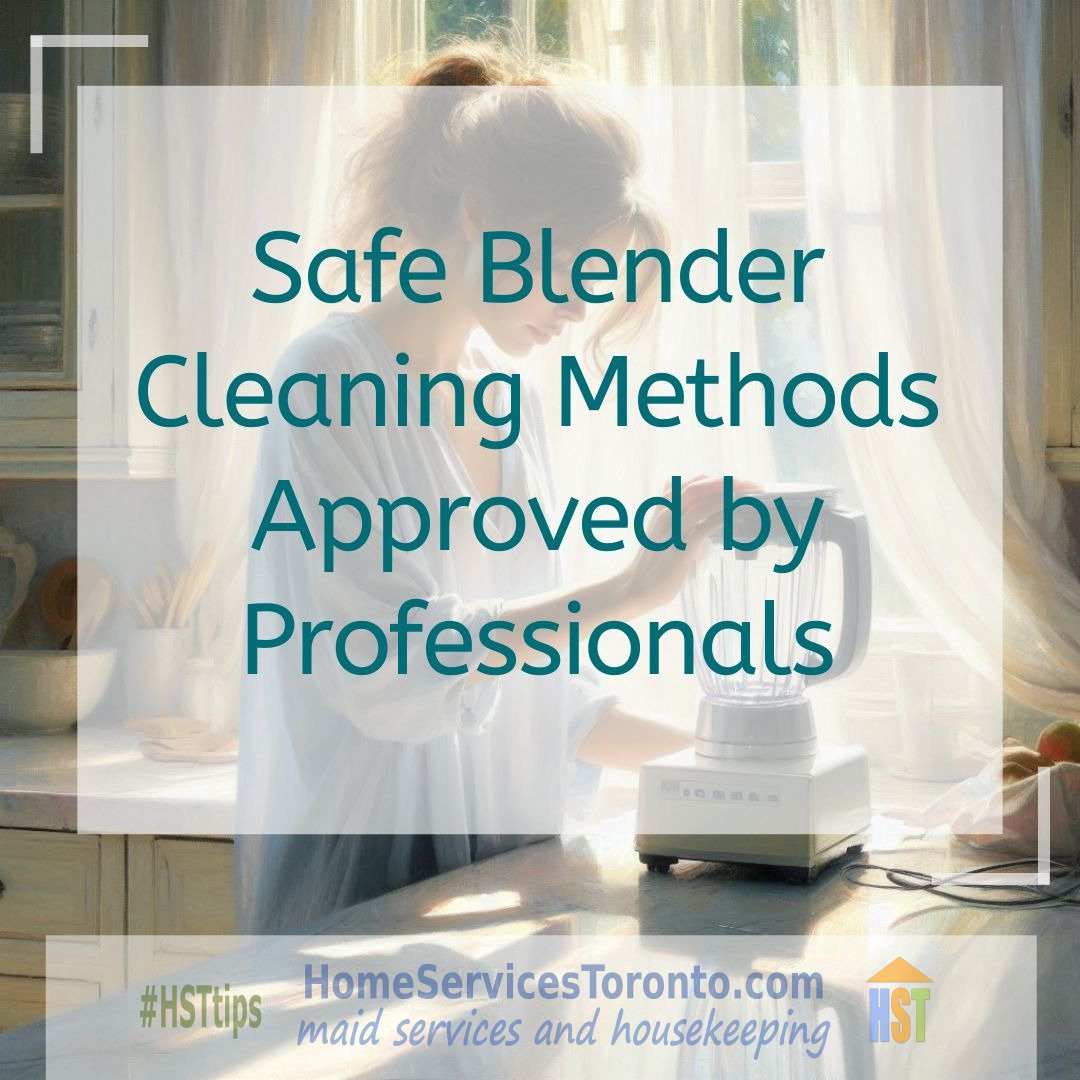
Quick Ways to Eliminate Mold and Mildew in Bathrooms
Mold and mildew are common bathroom problems that thrive in damp and humid spaces. Left unchecked, they damage surfaces and trigger health issues. This guide explores simple household solutions like vinegar, baking soda, and hydrogen peroxide, as well as prevention methods to stop mold from coming back. From quick fixes to deep cleaning and knowing when to call professionals, we cover everything you need to keep your bathroom fresh and healthy. Say goodbye to mold and mildew with these practical steps.

Computer screen cleaning made simple and effective
Keeping your computer screen clean isn’t just about looks, it’s about performance and comfort. Dust and smudges reduce clarity, cause eye strain, and shorten your device’s lifespan. With the right tools and safe techniques, you can achieve a streak-free finish every time. Learn how to avoid common mistakes, use the proper cleaning solutions, and maintain a spotless display. Simple habits can keep your screen clearer for longer, giving you the best possible viewing experience.

Restore Faded Clothes with These Easy Home Tips
Learn practical and affordable ways to restore faded clothes using simple home remedies. Keep your fabrics vibrant with easy washing, drying, and storage tips.

Avoid These Common Garbage Disposal Mistakes
Garbage disposals are useful but often misused. Learn the most common garbage disposal mistakes, how to prevent them, and keep your kitchen running smoothly.

Why Your Basement Is Not Safe for These Common Items
Basements seem convenient, but moisture, temperature swings, pests, and fumes quietly destroy paper keepsakes, clothing, electronics, food, furniture, and chemicals. Learn what not to store downstairs and where to keep these items safe instead.

Declutter Like a Pro with These Room-by-Room Tips
This practical guide walks through each room with a clear plan, simple sorting rules, and quick resets that stick. We show how to streamline entryways, clear living room surfaces, tame kitchens and pantries, edit closets, and organize bathrooms, offices, and storage zones. Expect actionable checklists, maintenance habits, and smart storage ideas that cut cleaning time and keep clutter from creeping back. Use it to build momentum and keep your home calm, functional, and easy to live in.

The Kitchen Cleaning Mistakes That Make Experts Cringe
We expose the most common kitchen cleaning mistakes that turn safe spaces into hidden germ hotspots. This article breaks down why these habits fail, how to fix them fast, and what professionals do differently to keep kitchens clean, safe, and efficient.

7 Easy Paper Towel Alternatives for Cleaner Living
Tired of wasting money and creating trash with paper towels? Discover simple, reusable alternatives that clean better, last longer, and help the planet.

Clean Oven Racks Quickly with These Easy Tips
Cleaning oven racks doesn't have to be a messy, all-day job. Learn the easiest, fastest ways to clean your oven racks without harsh chemicals or wasted time, and keep your kitchen running smoothly.

Top Cloth Options That Beat Paper Towels Every Time
Tired of wasting money on paper towels? Discover the top reusable cloths that clean better, cost less, and are better for the environment. From microfiber to flour sack towels, we break down the best options to ditch disposables for good.

Lazy Cleaning Hacks That Actually Work Wonders
Want a clean home without the stress? These lazy cleaning hacks use smart routines, clever tools, and zero-scrub strategies that save you hours.

Memory Foam Pillow Washing That Actually Works
Memory foam pillows need more than a quick toss in the washer. If you've ever damaged one trying to clean it, you're not alone. The truth is, memory foam requires a different approach to stay supportive, odor-free, and mold-resistant. This guide lays out exactly how to wash your memory foam pillow the right way without ruining it. From prep to drying, every step is practical, effective, and designed to extend the life of your pillow while keeping your sleep space clean.

Items You Shouldn't Clean with Dish Soap Ever
Dish soap might seem harmless, but using it on the wrong surfaces can cause serious damage. Learn which household items should never meet dish soap and what to use instead.

Clean Your House Without Lifting a Finger Today
Want a spotless home without lifting a mop? Discover how professional cleaners can transform your space while you kick back and relax. It’s cleaner, smarter living — minus the effort.

The Ultimate Guide to Summer Home Cleaning
When the temperatures rise, keeping a clean home becomes more about strategy than effort. The Ultimate Guide to Summer Home Cleaning offers practical, time-saving approaches to refresh your space without sacrificing your summer fun. From tackling humidity to speed-cleaning high-traffic areas, this guide breaks down the essentials, so you can enjoy a spotless home with minimal stress.

The Lazy Person’s Guide to Fast Home Cleaning
Tired of spending hours cleaning? This fast, no-nonsense guide breaks down how to clean smarter, not harder — even if you're totally over it.

Easy Daily Cleaning Hacks
Master your home routine with these fast and easy daily cleaning hacks that save time, reduce mess, and keep your space effortlessly fresh.

Pillow and Mattress Care to Prevent Allergies and Dust
Learn how to reduce allergies and dust with expert pillow and mattress care tips. Sleep better by controlling allergens in your bedroom.

Stop Dust Buildup with These Simple Tricks
Tired of battling endless dust? Discover smart, effective ways to keep your home cleaner with these expert-approved tips and habits.

Safe Blender Cleaning Methods Approved by Professionals
Discover step-by-step blender cleaning techniques that professionals use to ensure hygiene, safety, and long-term appliance performance.
